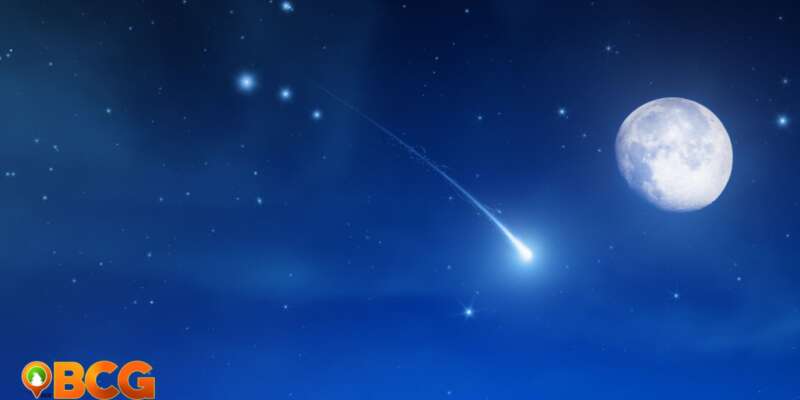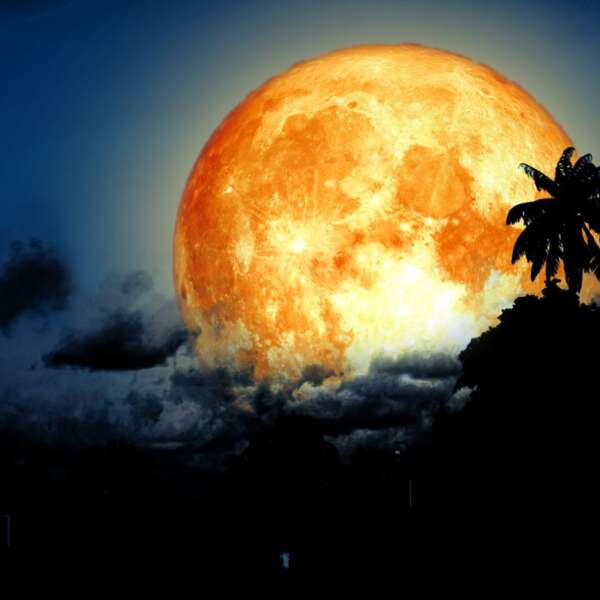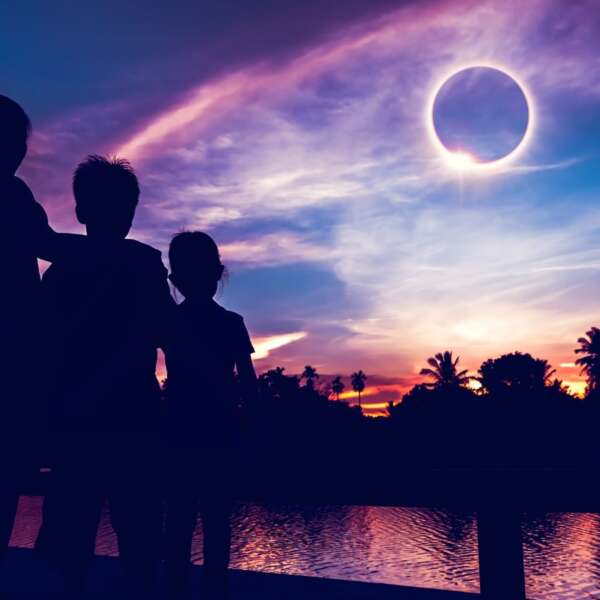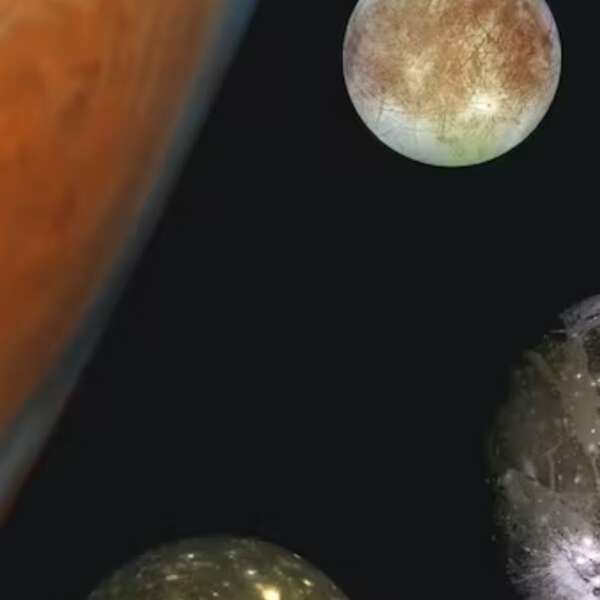What’s Up in the Night Sky this July: Buck Moon, Meteor Showers and More
Skywatchers, prepare your telescopes! An assortment of astronomical events are set to grace our night sky this rainy July, starting with the remarkable appearance of the Buck Moon on July 3 at 7:39 PM, according to PAGASA.
The Buck Moon Starts the Show
The Buck Moon, also known as the Full Buck Moon, is named after the time of year when the new antlers of buck deer start to emerge from their foreheads, coated in a soft fur known as “velvet”. It marks an exciting event for astronomical enthusiasts as it’s the first of a series of four supermoons until September.
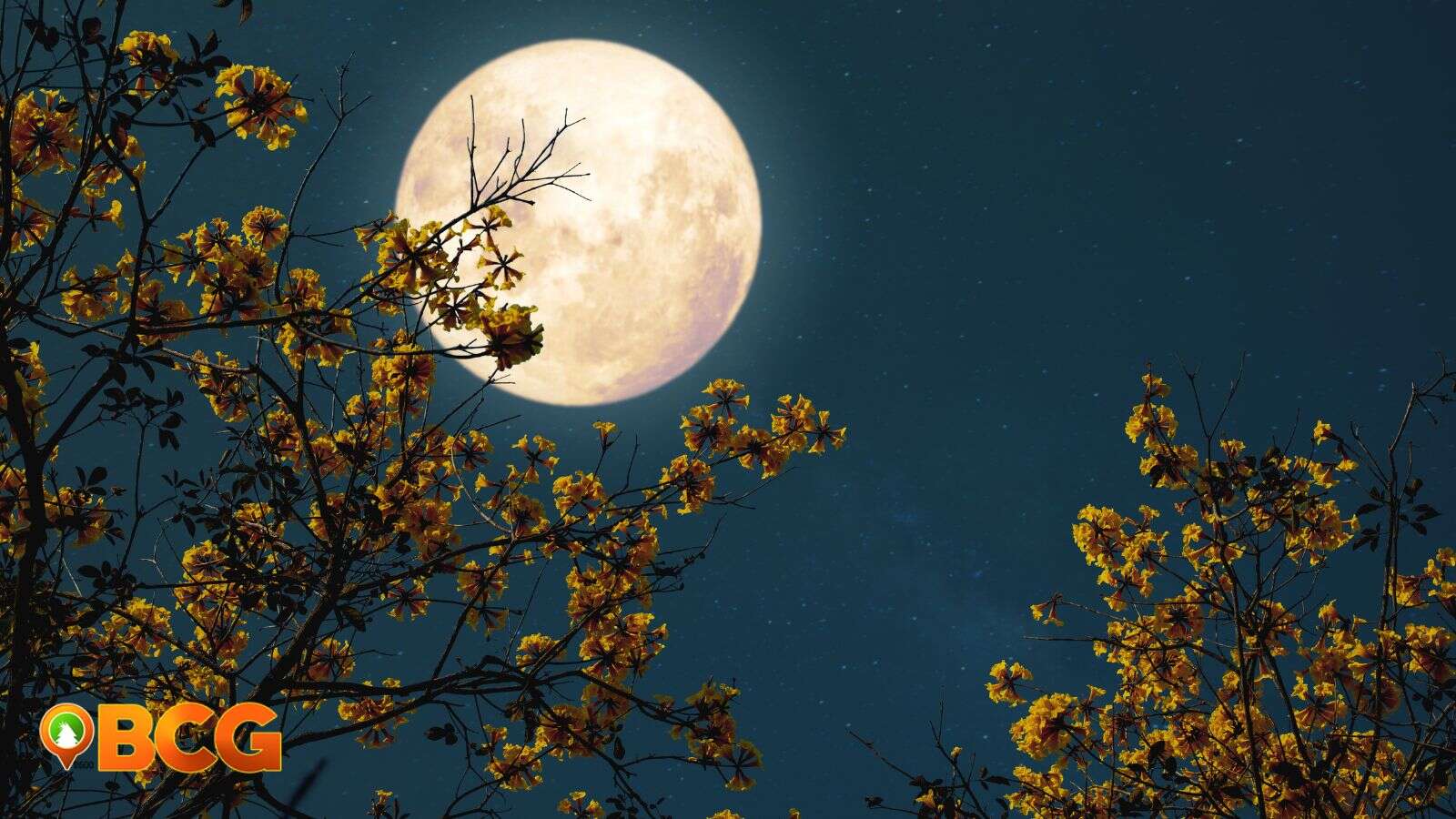
July’s Buck Moon First of Four in Supermoon Season
A Busy Month for the Moon
But the celestial spectacle doesn’t end there. The Philippine Atmospheric, Geophysical and Astronomical Services Administration (PAGASA) has released its astronomical diary for July, and it’s packed with cosmic events.
On July 5, the moon will be at its perigee, the closest point to Earth in its orbit, making it appear larger and brighter in the night sky. On the same week, on July 7, Earth will reach its aphelion, the point in its orbit when it’s farthest from the sun.
The month will also feature close approaches of various planets with the Moon. On July 7, Saturn and the waning gibbous Moon will have a close approach, followed by a similar event with Jupiter and the waning crescent Moon on July 12. Venus and Mars will join the show later in the month, aligning with the waxing crescent Moon on July 20 and 21 respectively.
Meteor Showers to Watch
For meteor shower enthusiasts, the Piscis Austrinid, Southern δ-Aquariids, and α-Capricornids meteor showers are not to be missed. The Piscis Austrinid Meteor Shower, active from July 15 to August 10, will reach its peak on July 29. Despite the interference of the waxing gibbous Moon, skywatchers can still anticipate an average of 5 meteors per hour.
The Southern δ-Aquariids and α-Capricornids meteor showers will follow suit, peaking on July 30. Observers can expect to see around 25 meteors per hour from the Southern δ-Aquariids and 5 meteors per hour from the α-Capricornids, especially around 2:00 AM when their radiant point is highest in the sky.
Do you find this content useful?

Planetary Alignments
On the planetary side, Mercury, Venus, and Mars will be visible in the evening sky throughout July. Mercury will be challenging to spot during the first half of the month due to its proximity to the sun, but it will gradually become more visible as the month progresses. Venus and Mars will be more easily visible, with Venus reaching its greatest brightness on July 10.
July 2023 Astronomical Events
| Date | Event | Time |
|---|---|---|
| 5 | Moon at Perigee (Distance = 360,241.407 km) | 06:25 a.m. |
| 7 | Earth at Aphelion (Distance = 1.016680377 AU) | 04:07 a.m. |
| 7 | Close approach of Saturn and waning gibbous Moon | --- |
| 12 | Close approach of Jupiter and waning crescent Moon | --- |
| 20 | Moon at Apogee (Distance = 406,242.796 km) | 02:57 p.m. |
| 20 | Close approach of Venus and waxing crescent Moon | --- |
| 21 | Close approach of Mars and waxing crescent Moon | --- |
| 29 | Piscis Austrinids (ZHR=5) | 02:00 a.m. |
| 30 | Southern δ-Aquariids (ZHR=25) | 02:00 a.m. |
| 30 | α-Capricornids (ZHR=5) | 02:00 a.m. |
Remember, these celestial events are best observed in a dark and clear sky. So, despite the rainy season, let’s hope for clear skies during these events. Happy sky-gazing!

